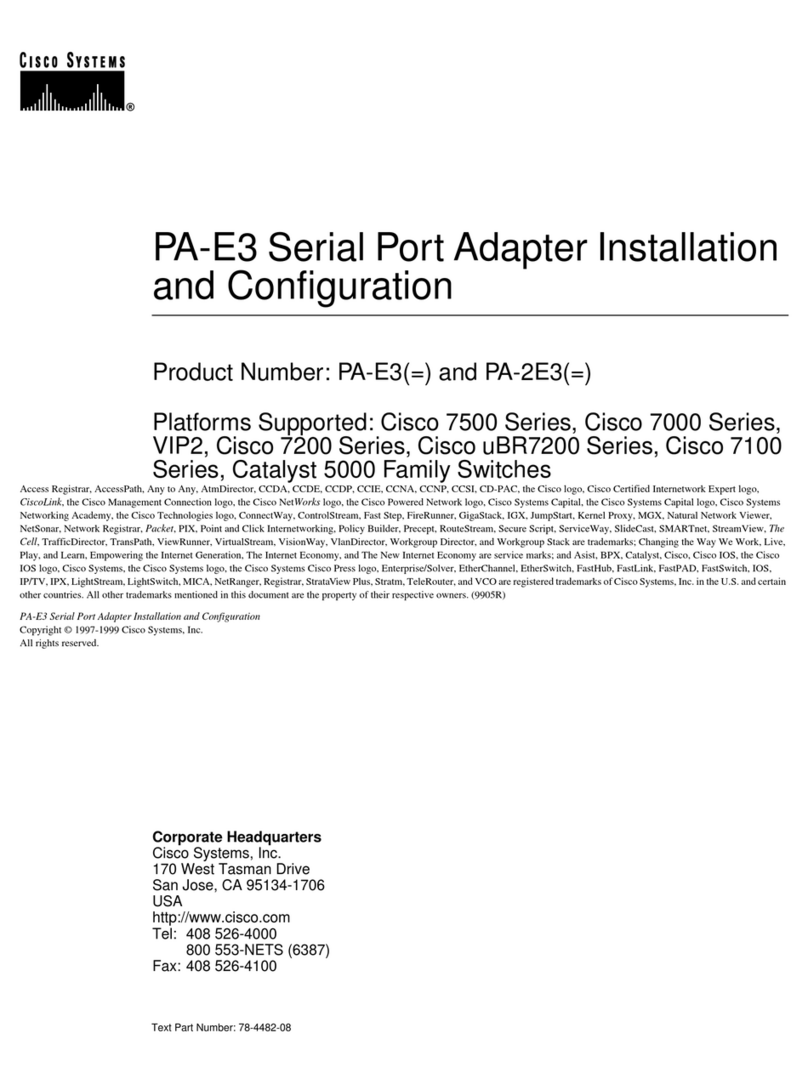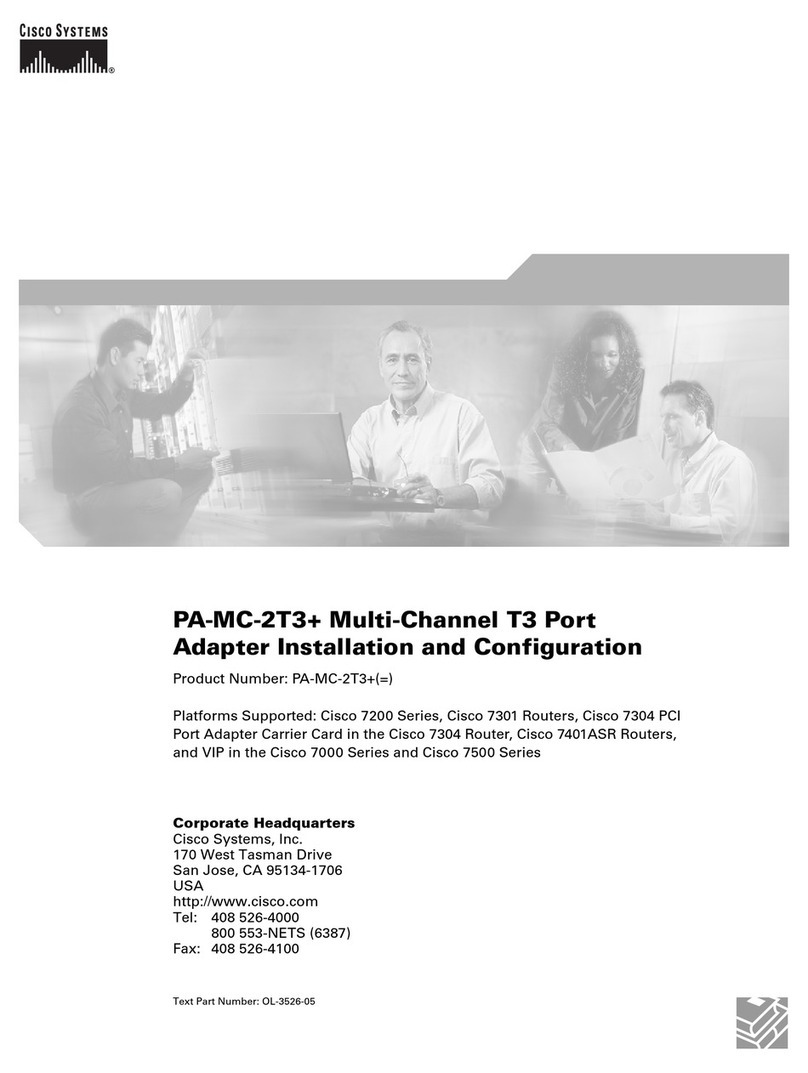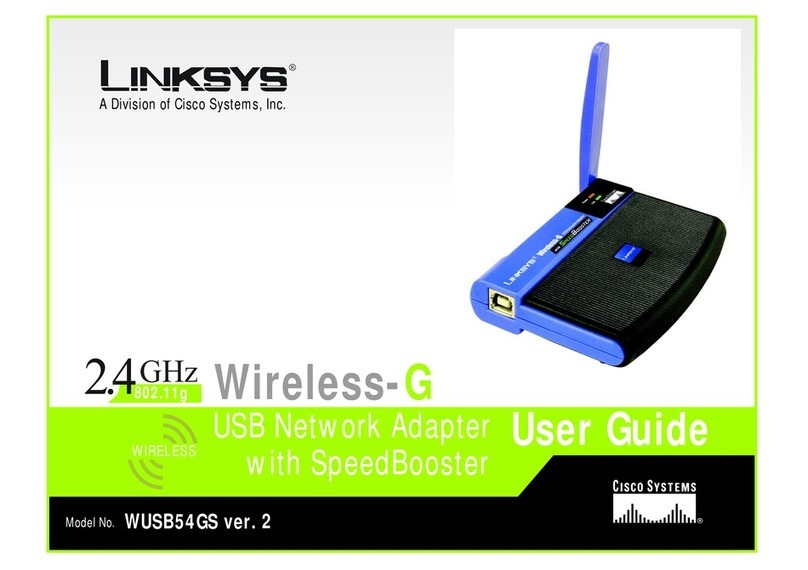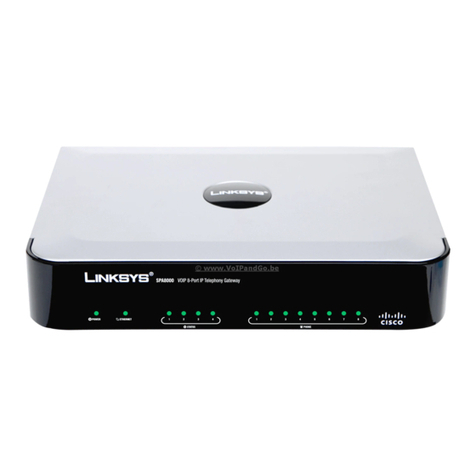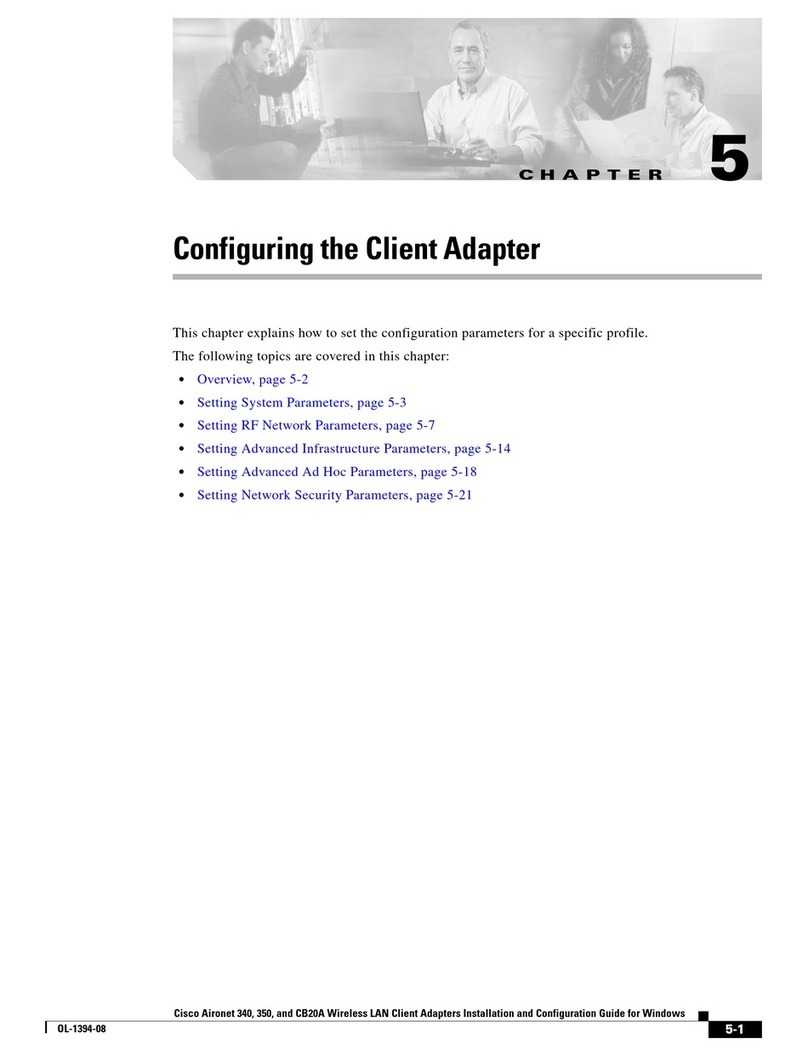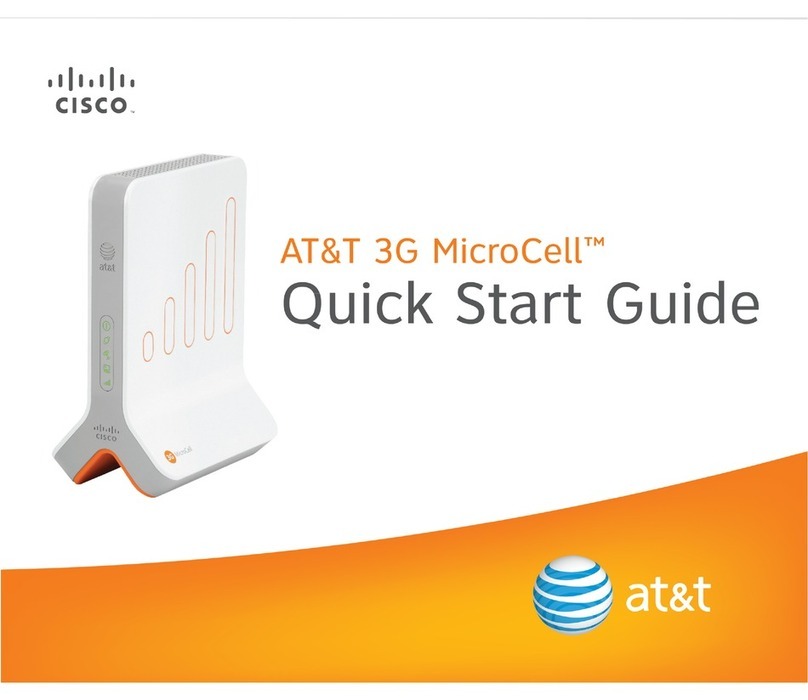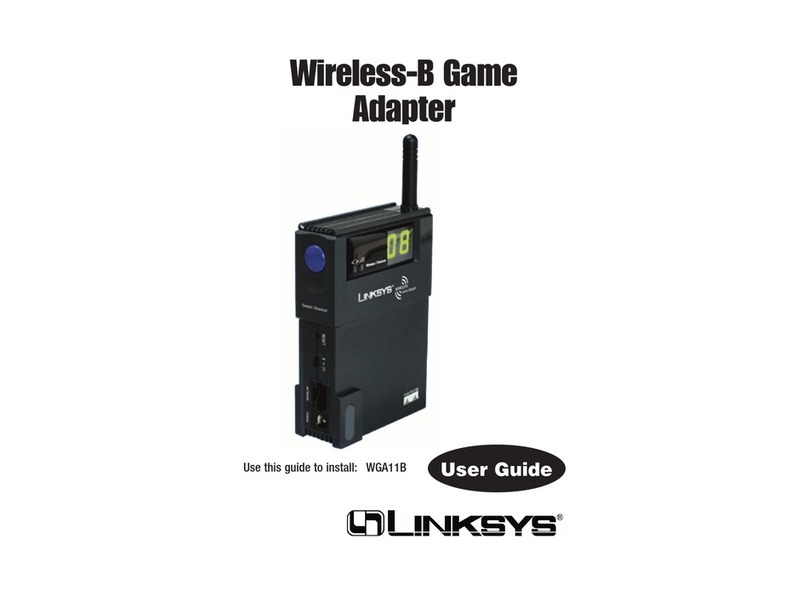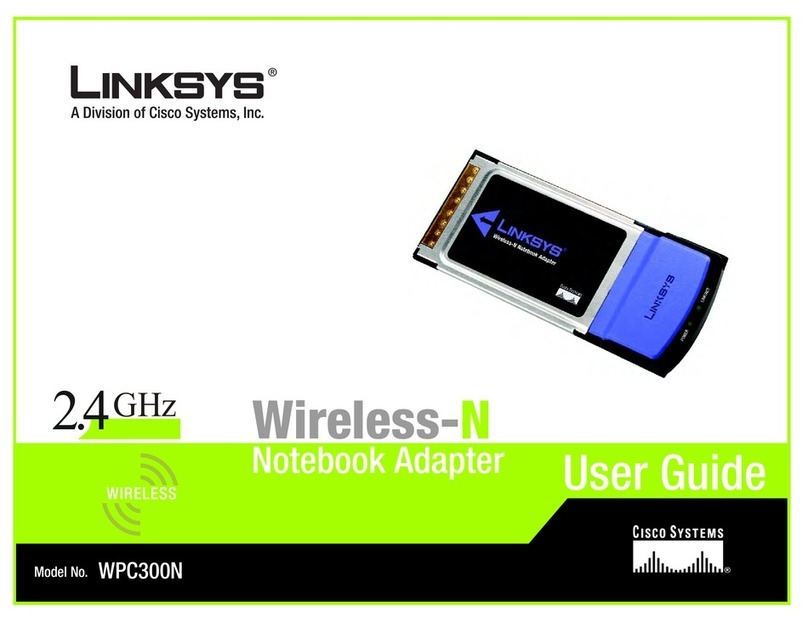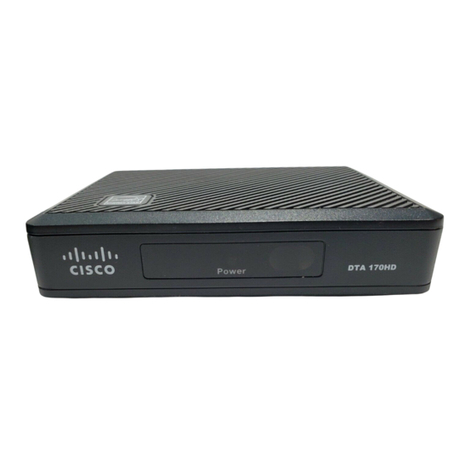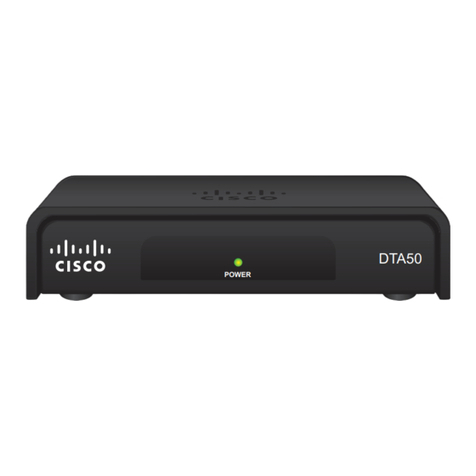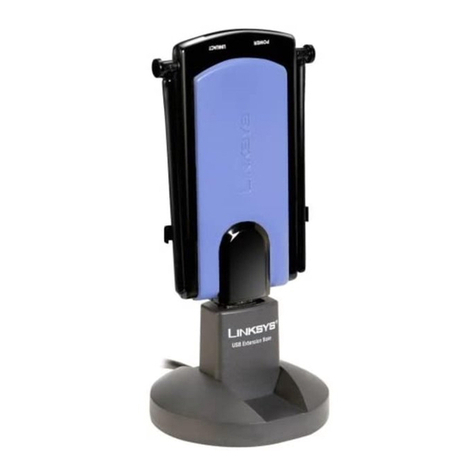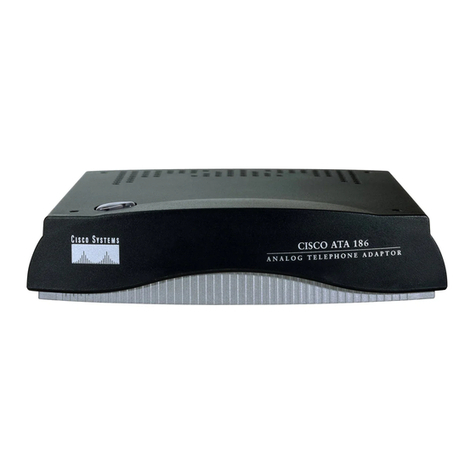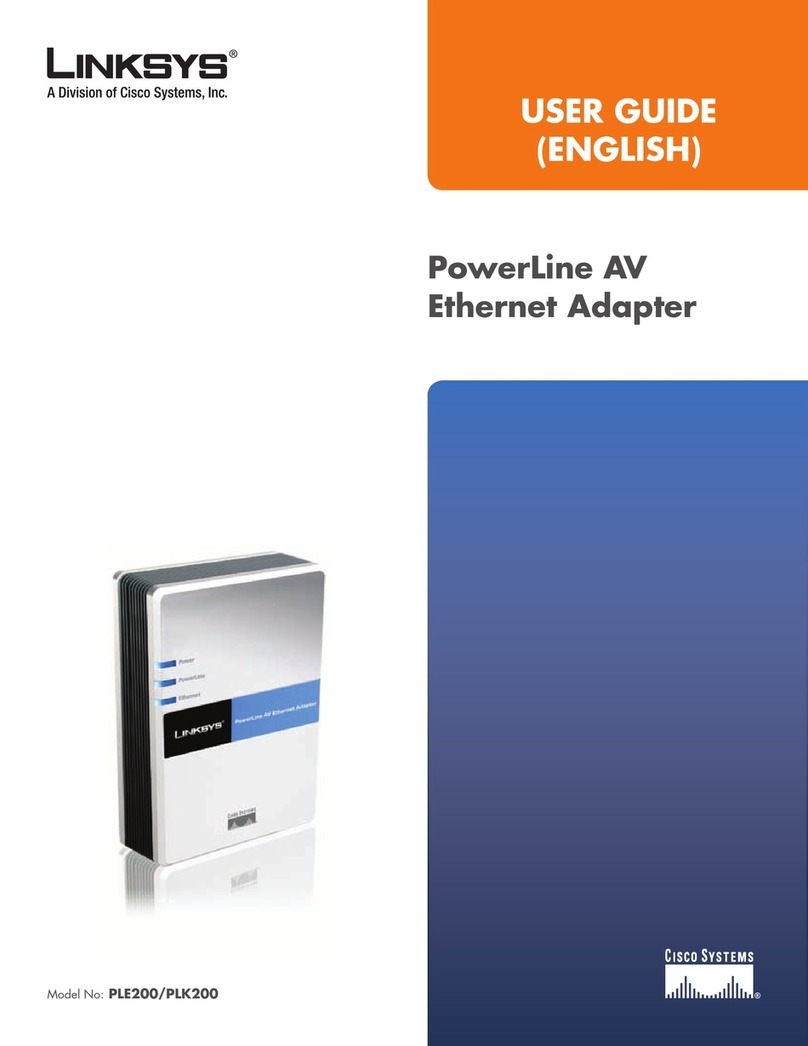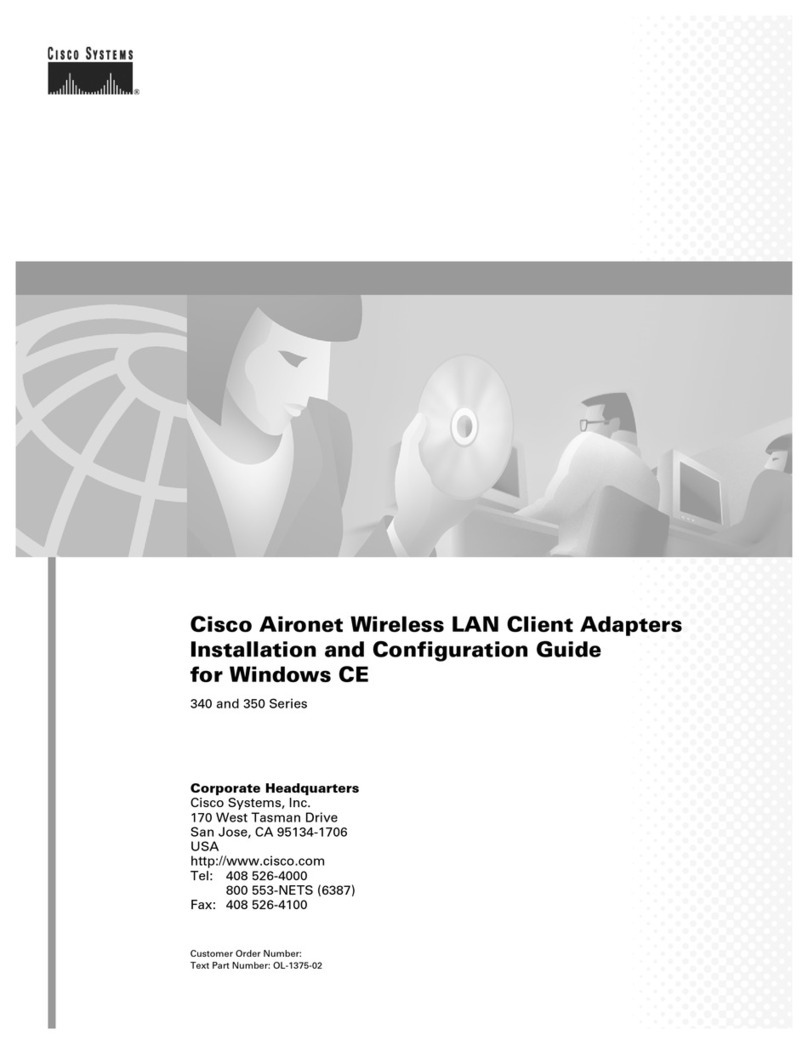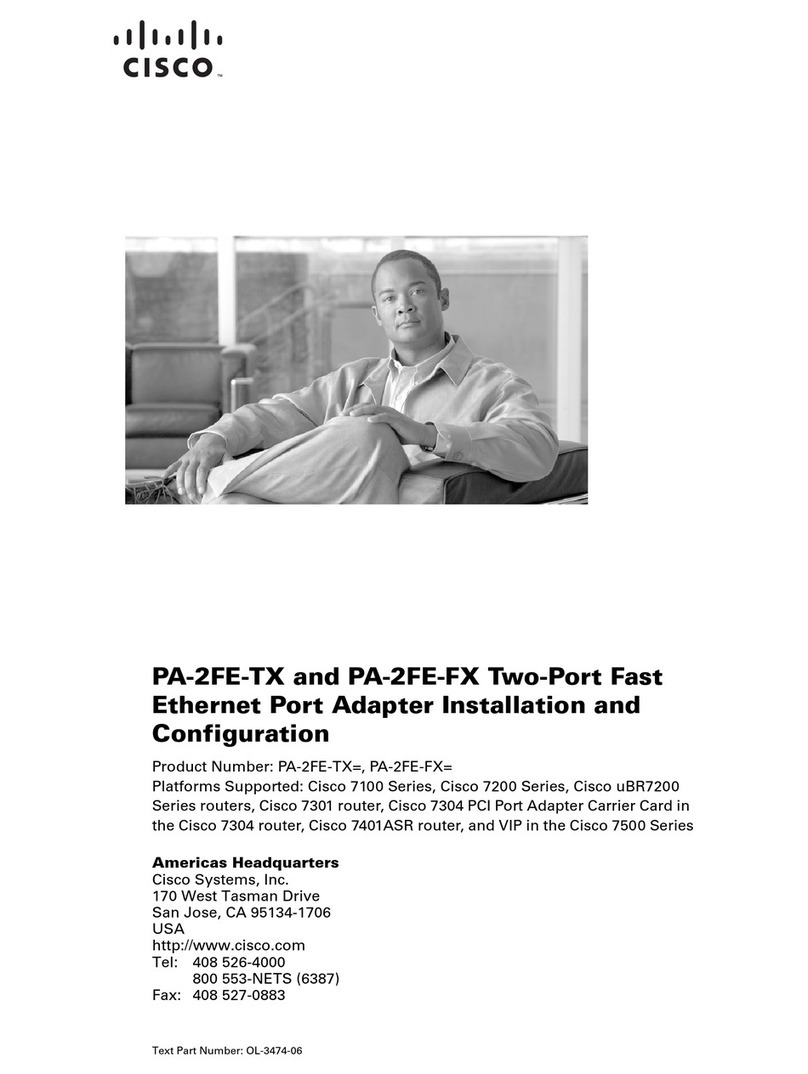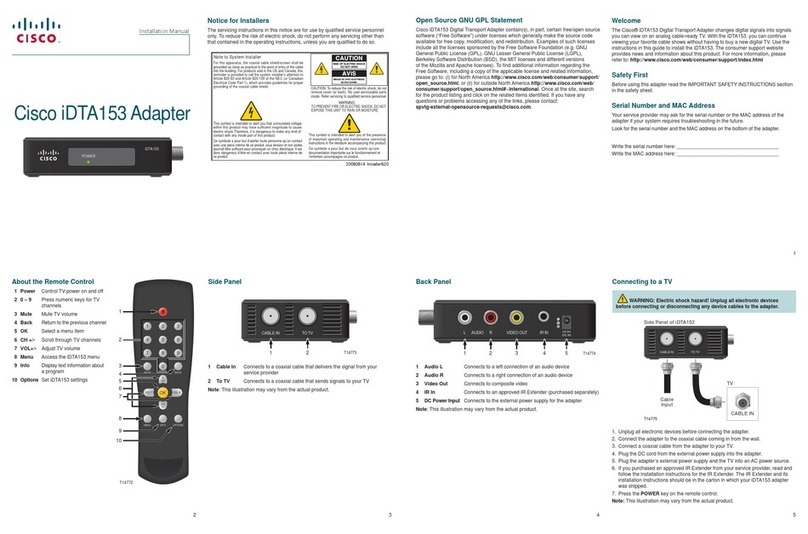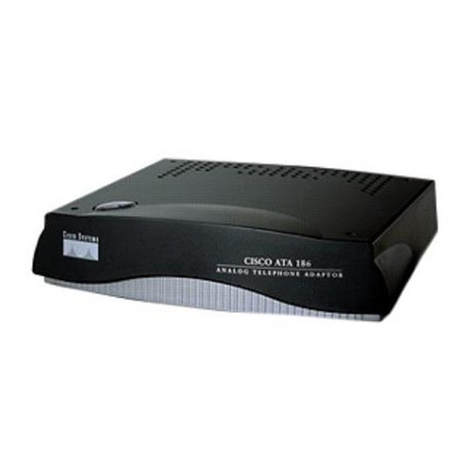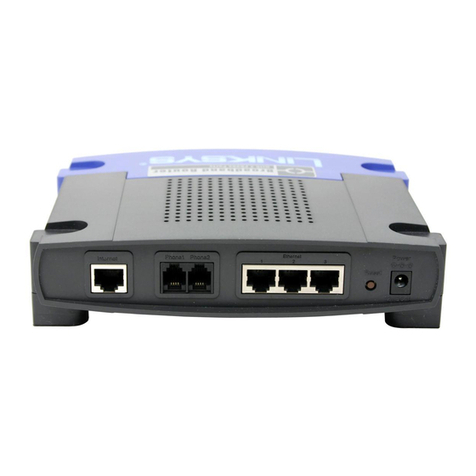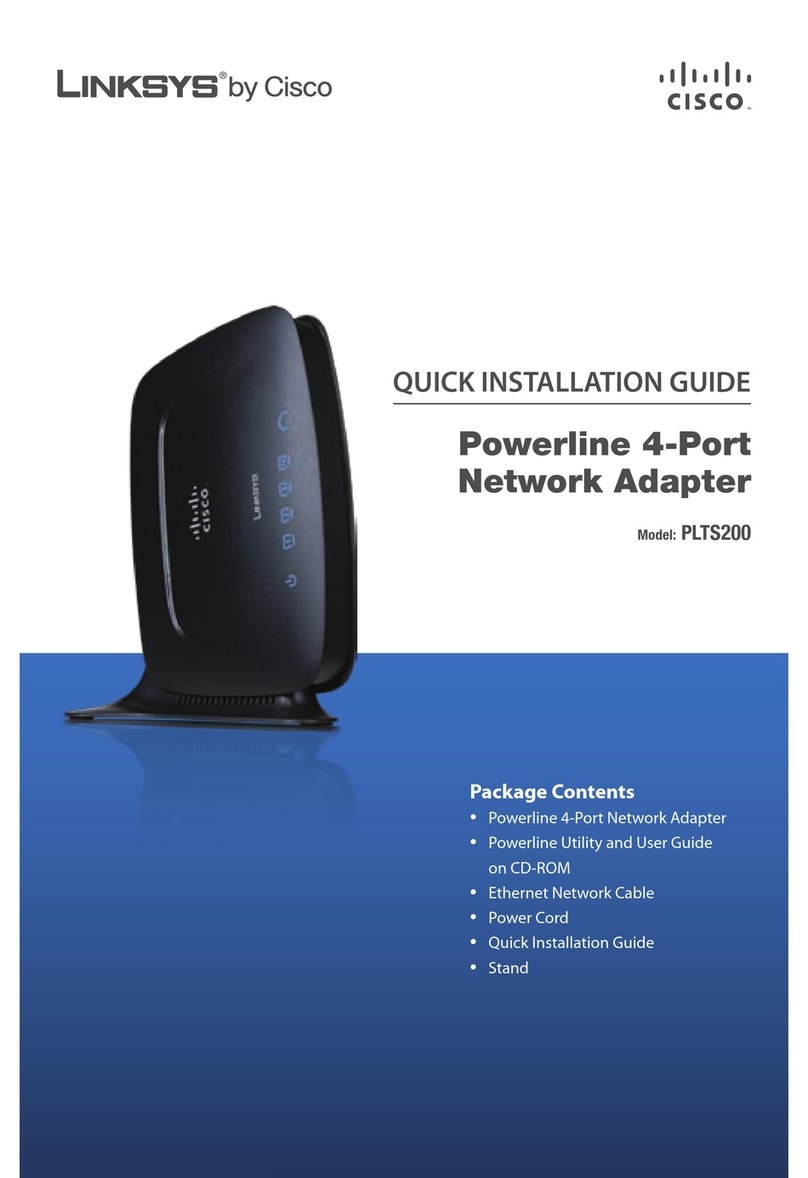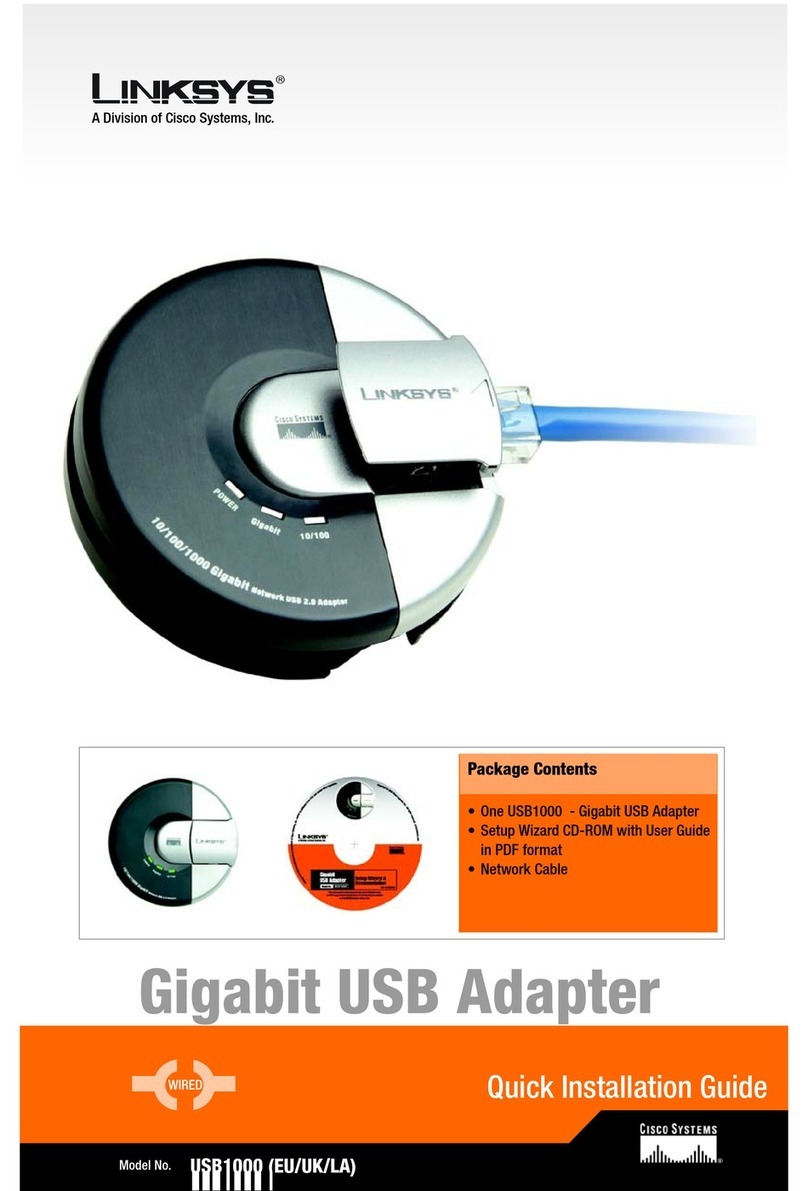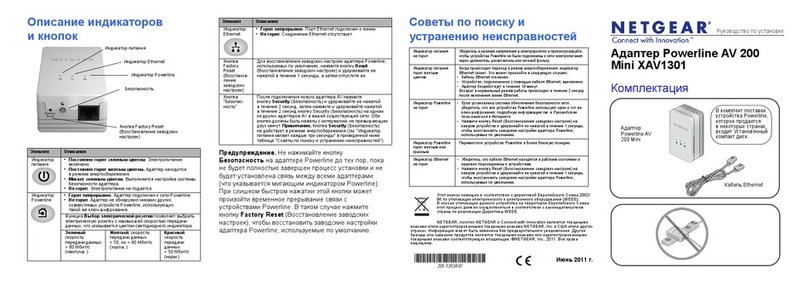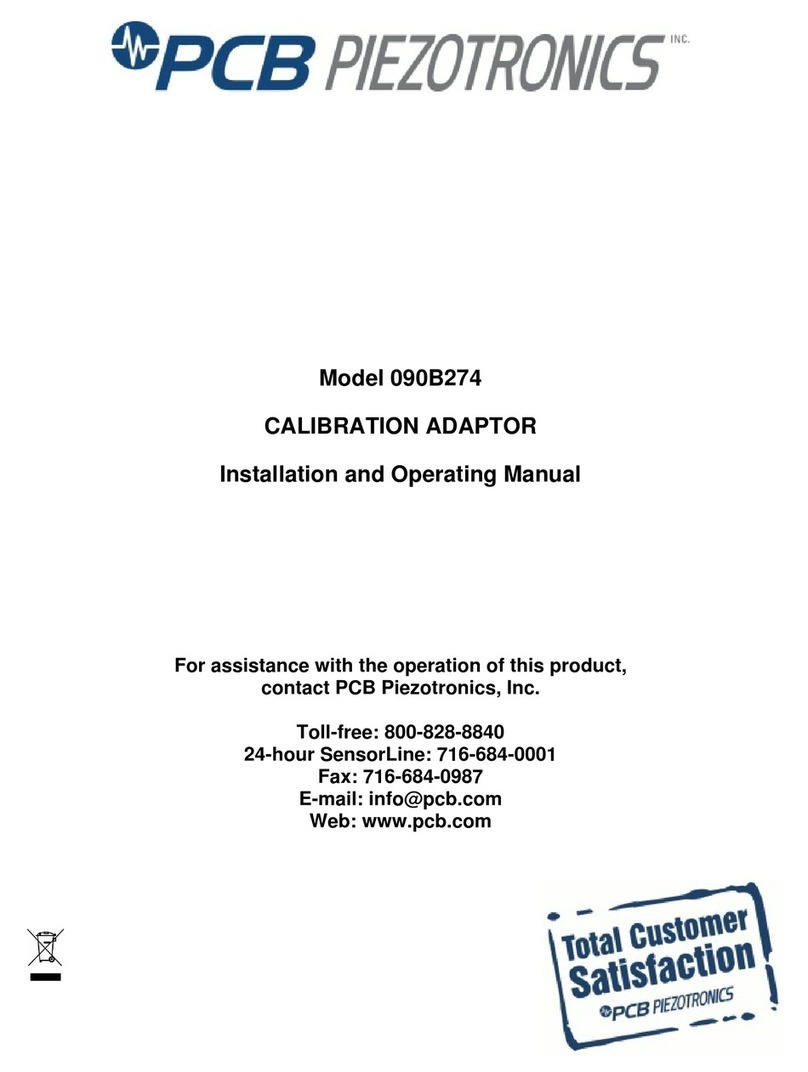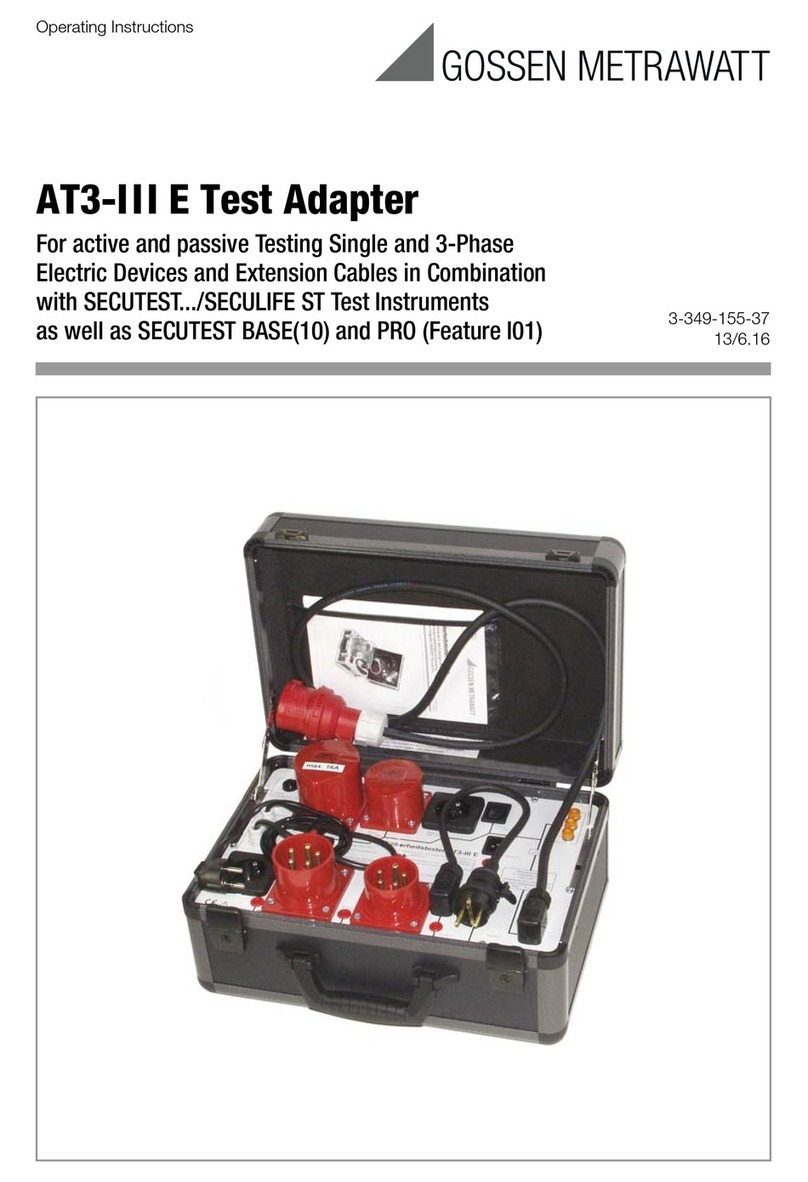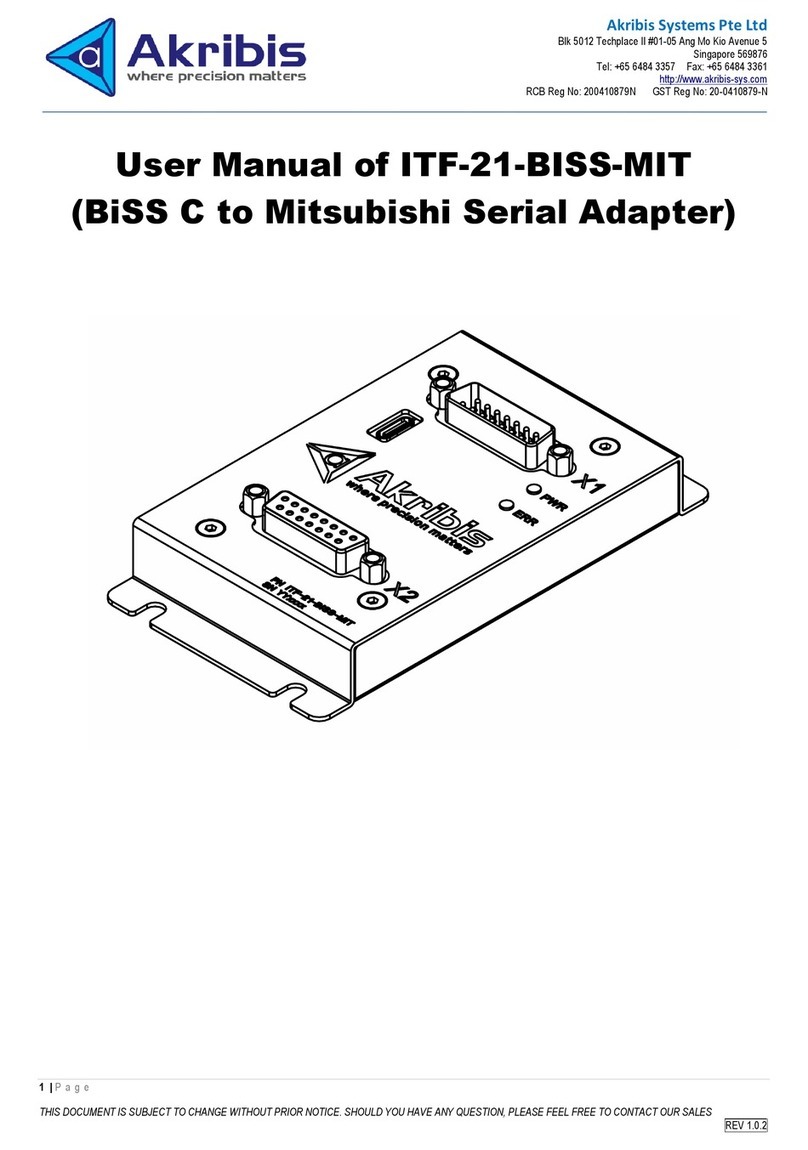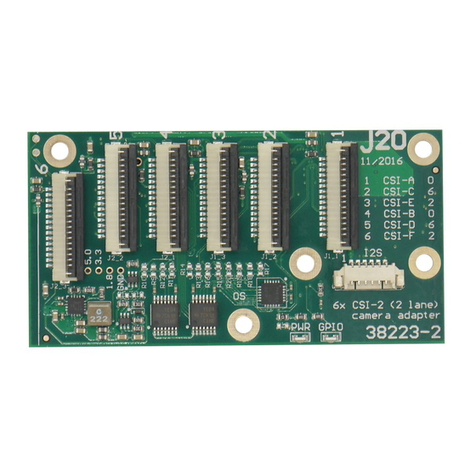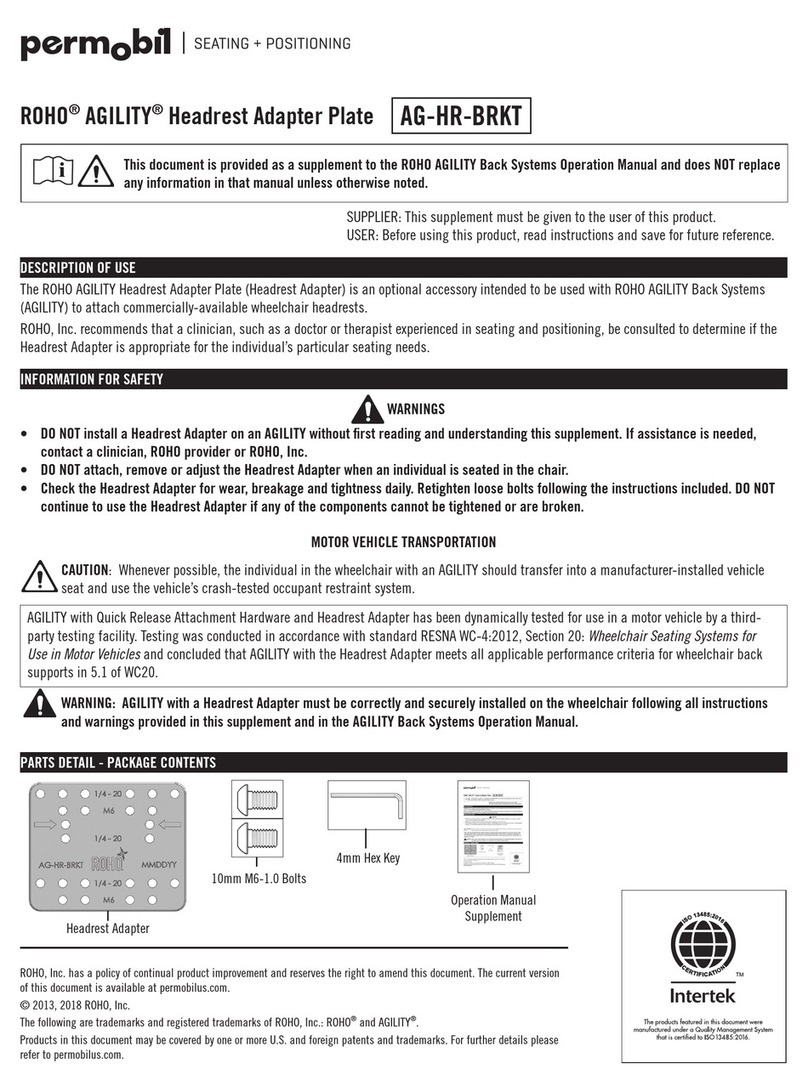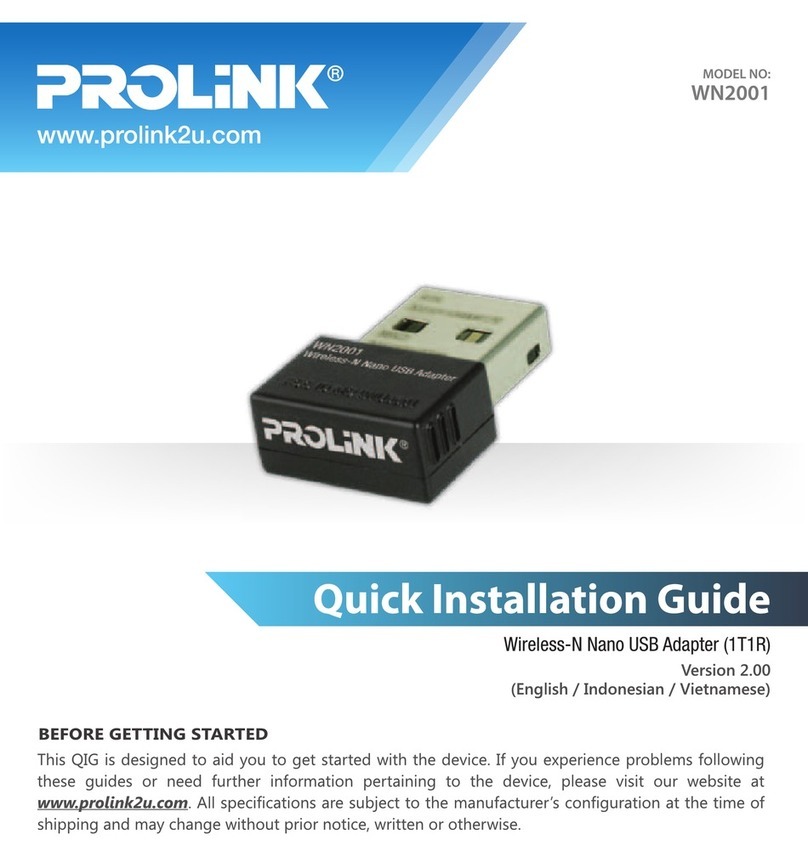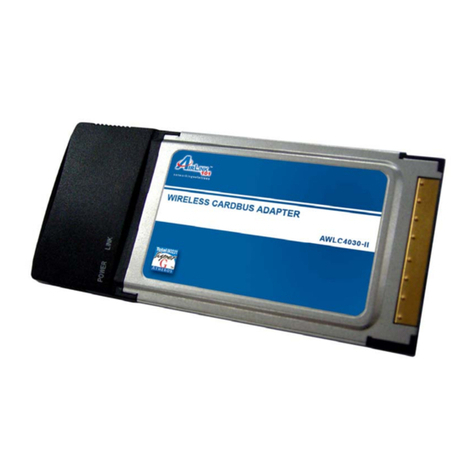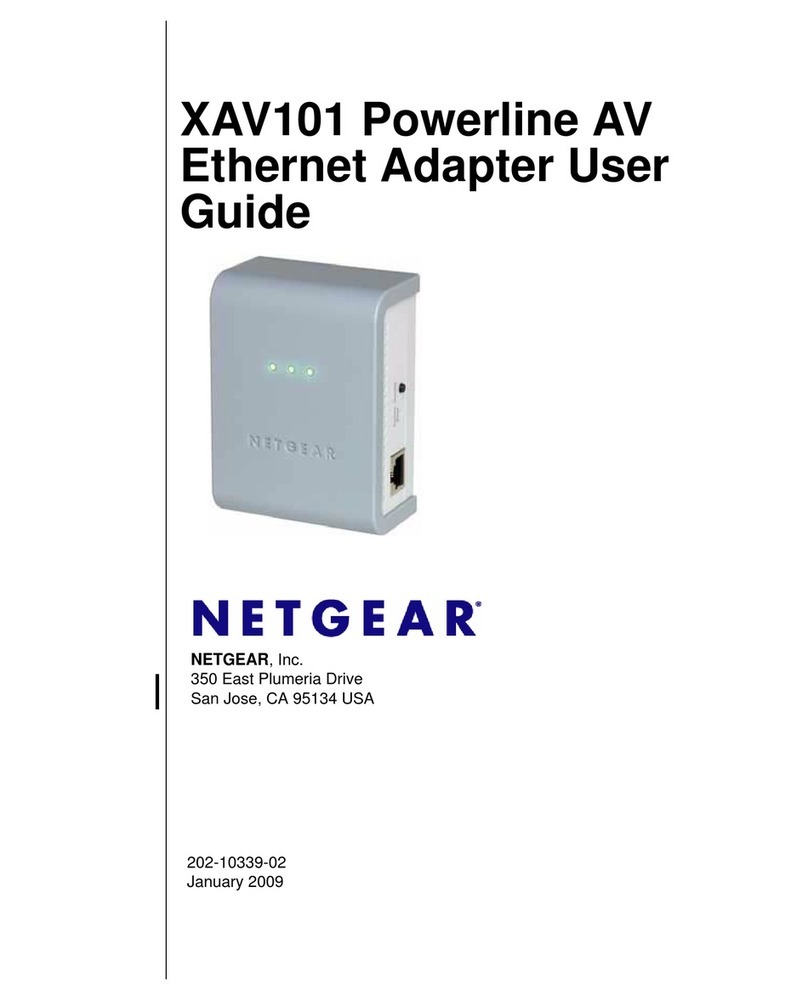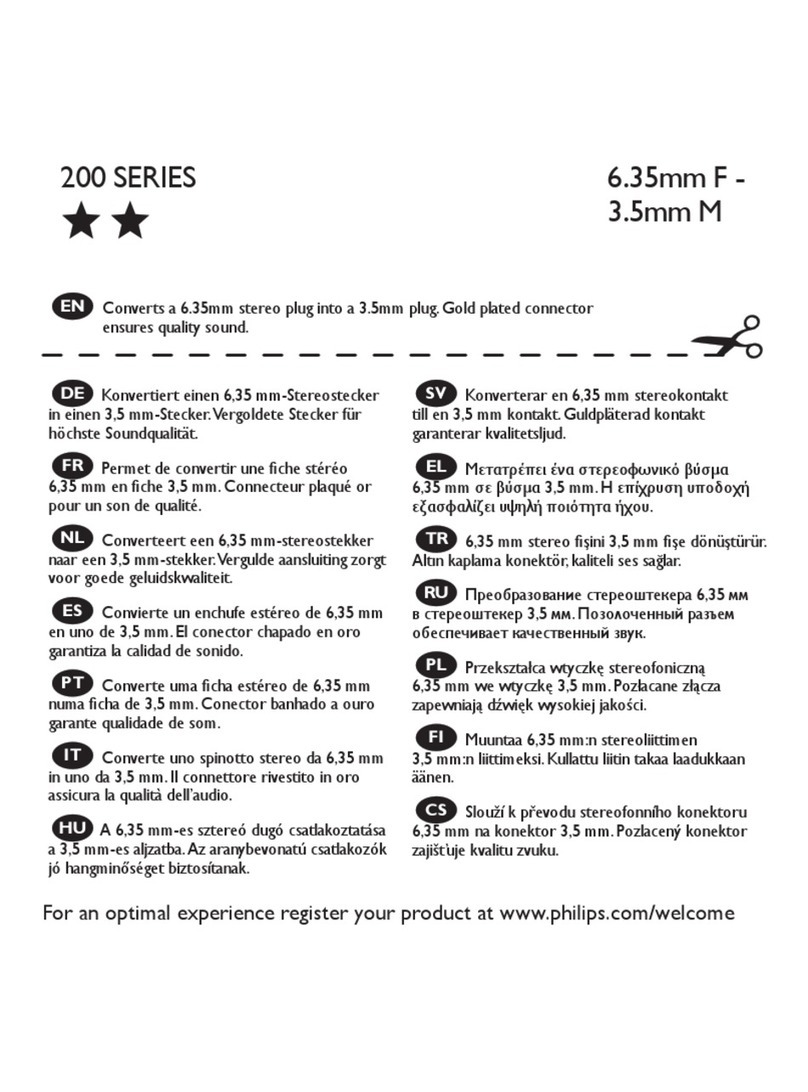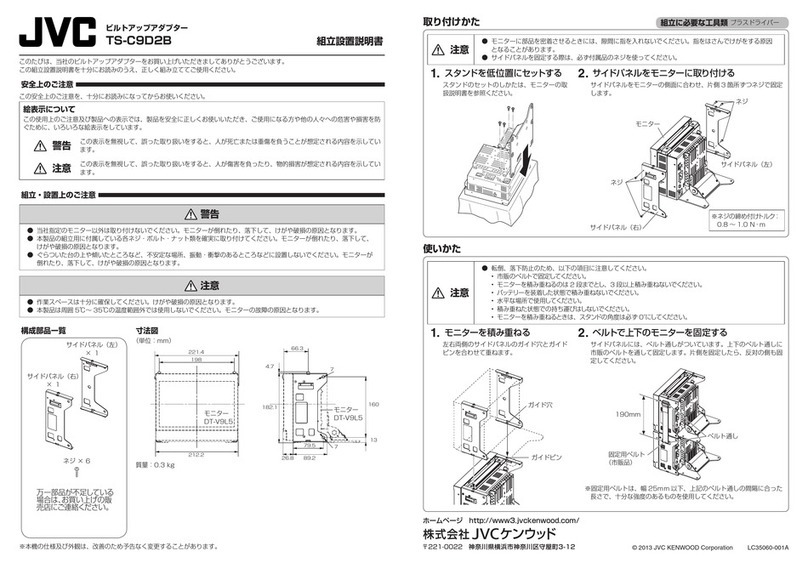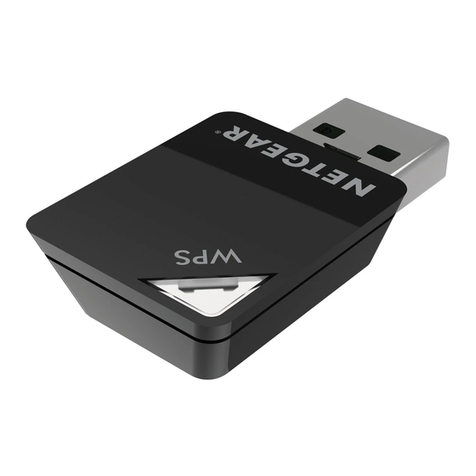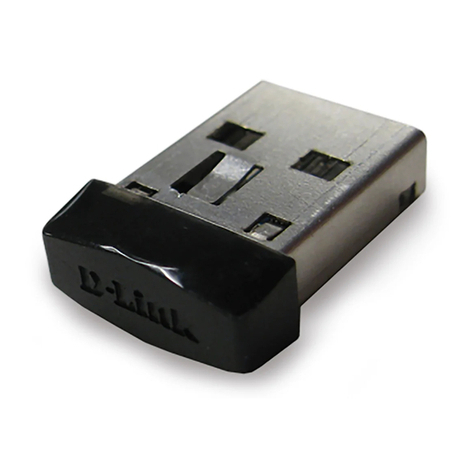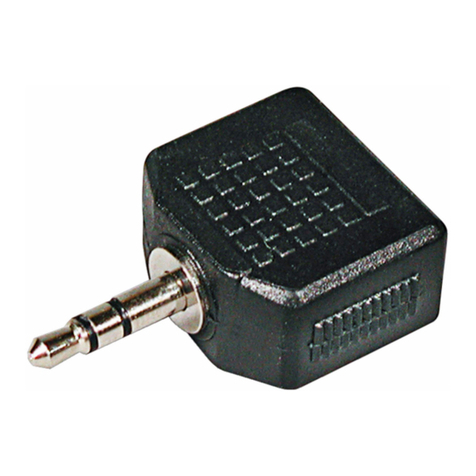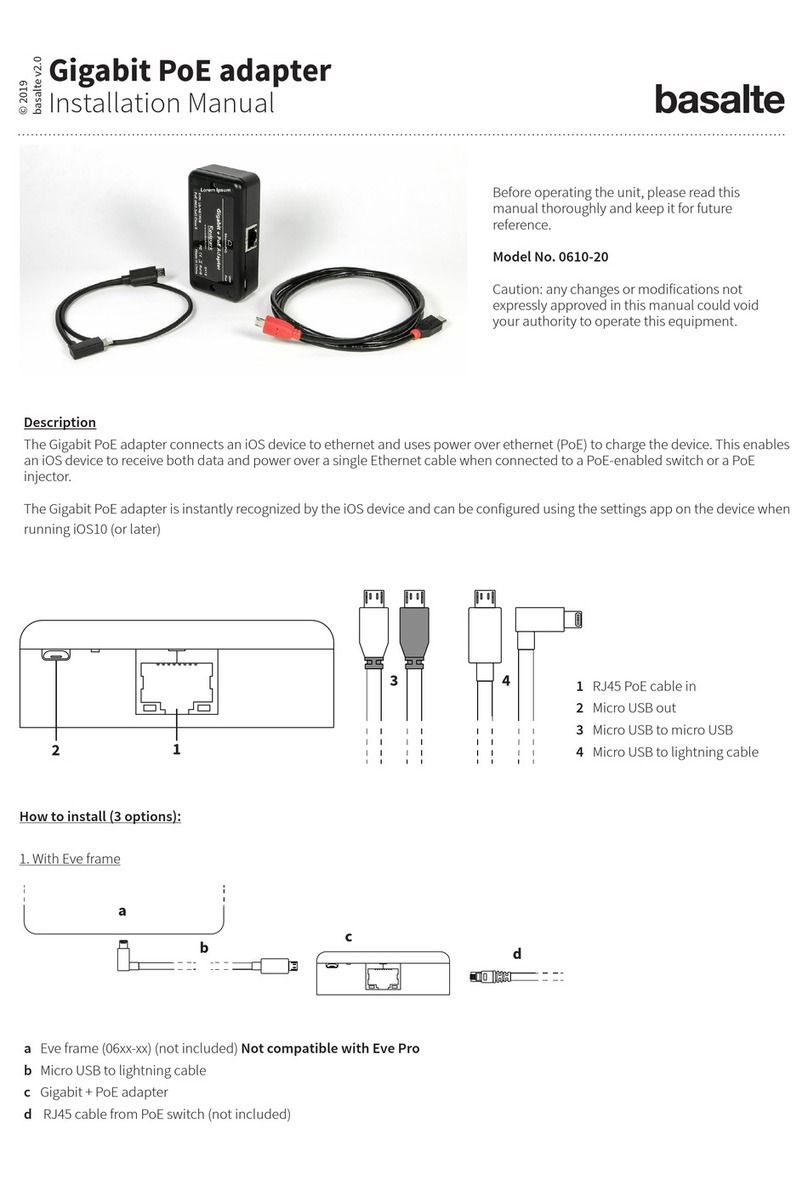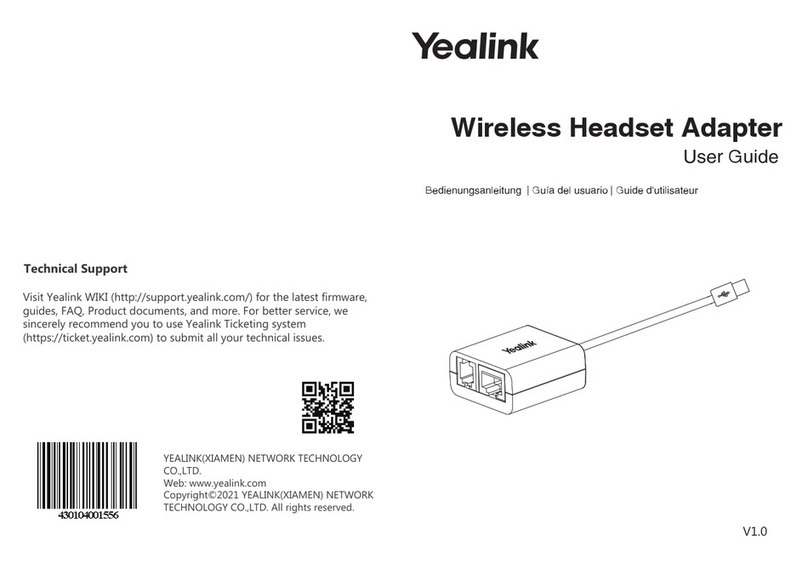
PA-F/FD-SM and PA-F/FD-MM Full-Duplex FDDI Port Adapter Installation and Configuration 9
Port Adapter Installation Prerequisites
The optical bypass switch reroutes the light signal by intercepting it before it reaches the failed
Station 1 and sends it back out to the ring. This allows the signal to maintain its existing path and
direction without wrapping back on itself. However, stations that are operating normally repeat the
signal when sending it back out to the ring. Optical bypass switches do not repeat or drive the signal
(they just allow the signal to pass through them), so significant signal loss can occur when the
downstream neighbor (the next station on the ring) is far away.
Another technique for fault tolerance is dual homing, whereby critical devices are attached to two
concentrators. Only the designated primary concentrator is active unless it (or its link) fails. If the
primary does fail, the backup (passive) concentrator is automatically activated and sustains the ring.
FDDI Full-Duplex Overview
FDDI full-duplex allows an FDDI ring with exactly two stations to transform the ring into a
full-duplex, point-to-point topology.
In order to operate in full-duplex mode, there must be only two stations on the ring, the two stations
must be capable of operating in full-duplex mode, and both stations must complete a full-duplex
auto-configuration protocol. There is no FDDI token in full-duplex mode.
Full-duplex auto-configuration protocol allows a station to dynamically and automatically operate
in either half-duplex (or ring) or full-duplex mode, and ensures that the stations fall back to ring
mode when a configuration change occurs, such as a third station joining the ring.
After booting up, the stations begin operation in ring mode. While the station performs the
full-duplex auto-configuration protocol, the station continues to provide data link services to its
users. Under normal conditions, the transition between half-duplex mode and full-duplex mode is
transparent to the data-link users. The data-link services provided by full-duplex mode are
functionally the same as the services provided by half-duplex mode.
FDDI Specifications
Typically, FDDI uses two types of fiber-optic cable:
•Single-mode (also called monomode) optical fiber with SC-type, duplex and simplex connectors
•Multimode optical fiber with MICs
Mode refers to the angle at which light rays (signals) are reflected and propagated through the optical
fiber core, which acts as a waveguide for the light signals. Multimode fiber has a relatively thick core
(62.5/125-micron) that reflects light rays at many angles. Single-mode fiber has a narrow core (8.7
to 10/125-micron) that allows the light to enter only at a single angle.
Although multimode fiber allows more light signals to enter at a greater variety of angles (modes),
the different angles create multiple propagation paths that cause the signals to spread out in time and
limits the rate at which data can be accurately received. This distortion does not occur on the single
path of the single-mode signal; therefore, single-mode fiber is capable of higher bandwidth and
greater cable run distances that multimode fiber. In addition, multimode transmitters usually use
LEDs as a light source, and single-mode transmitters use a laser diode, which is capable of
sustaining faster data rates. Both types use a photodiode detector at the receiver to translate the light
signal into electrical signals.
The FDDI standard sets total fiber lengths of 1.2 miles (2 kilometers) for multimode fiber and
9.3 miles (15 kilometers) for single-mode fiber. (The maximum circumference of the FDDI network
is only half the specified distance because of signal wrapping or loopback that occurs during fault
correction.) The FDDI standard allows a maximum of 500 stations with a maximum distance
between active stations of 1.2 miles.
